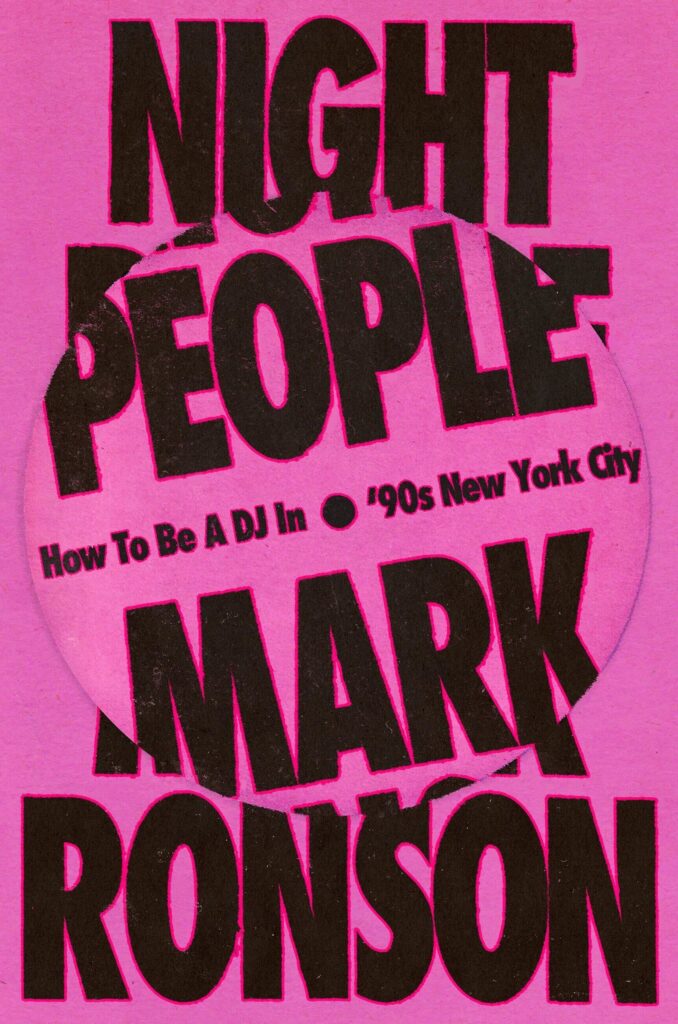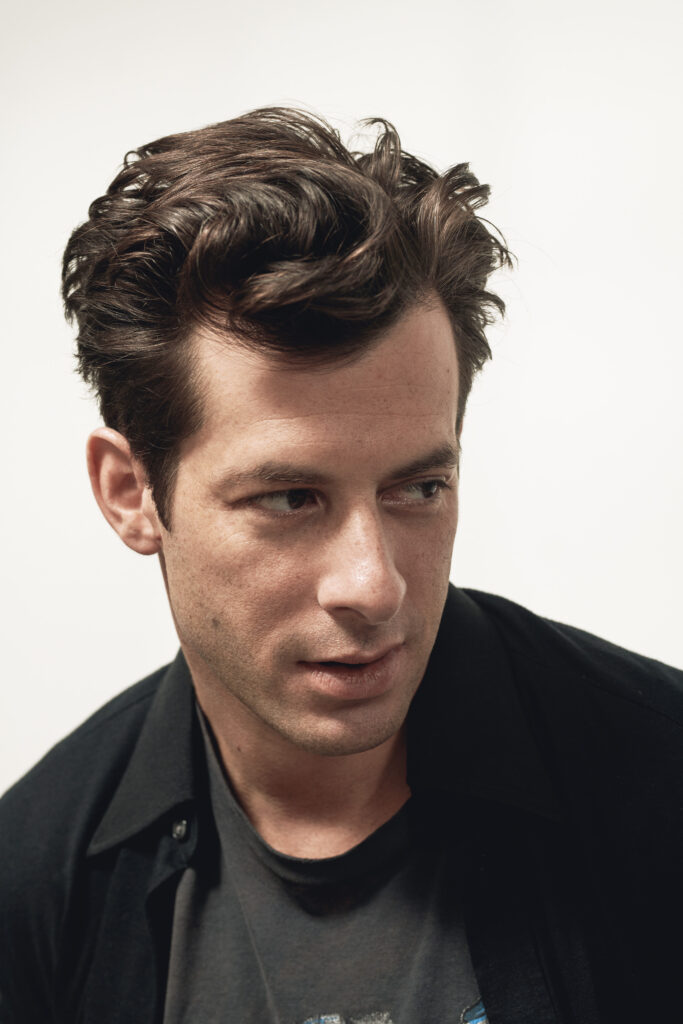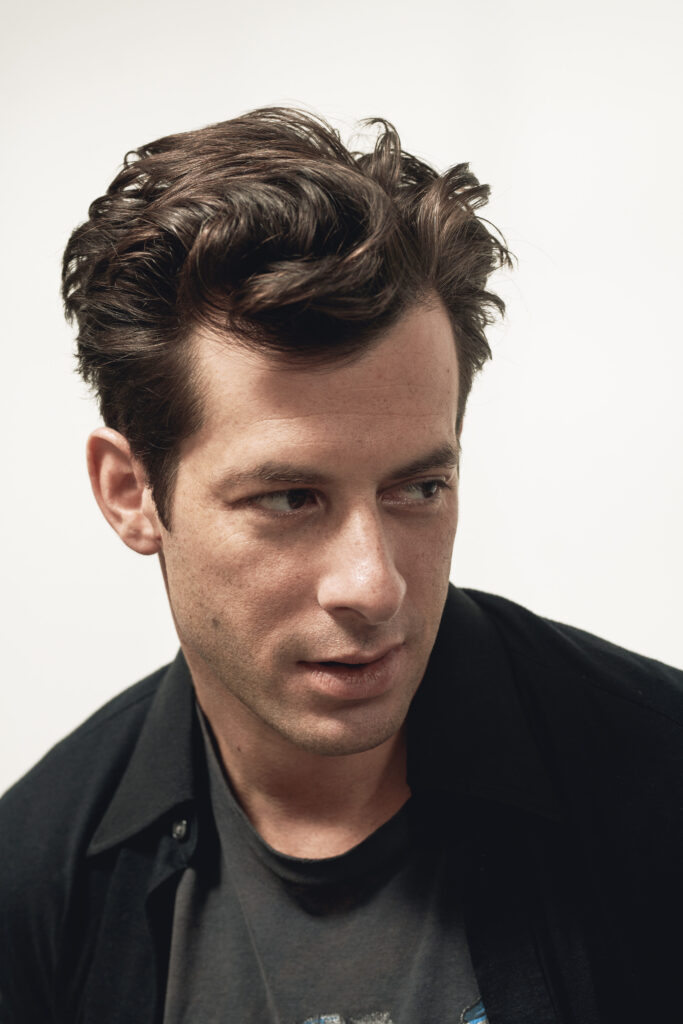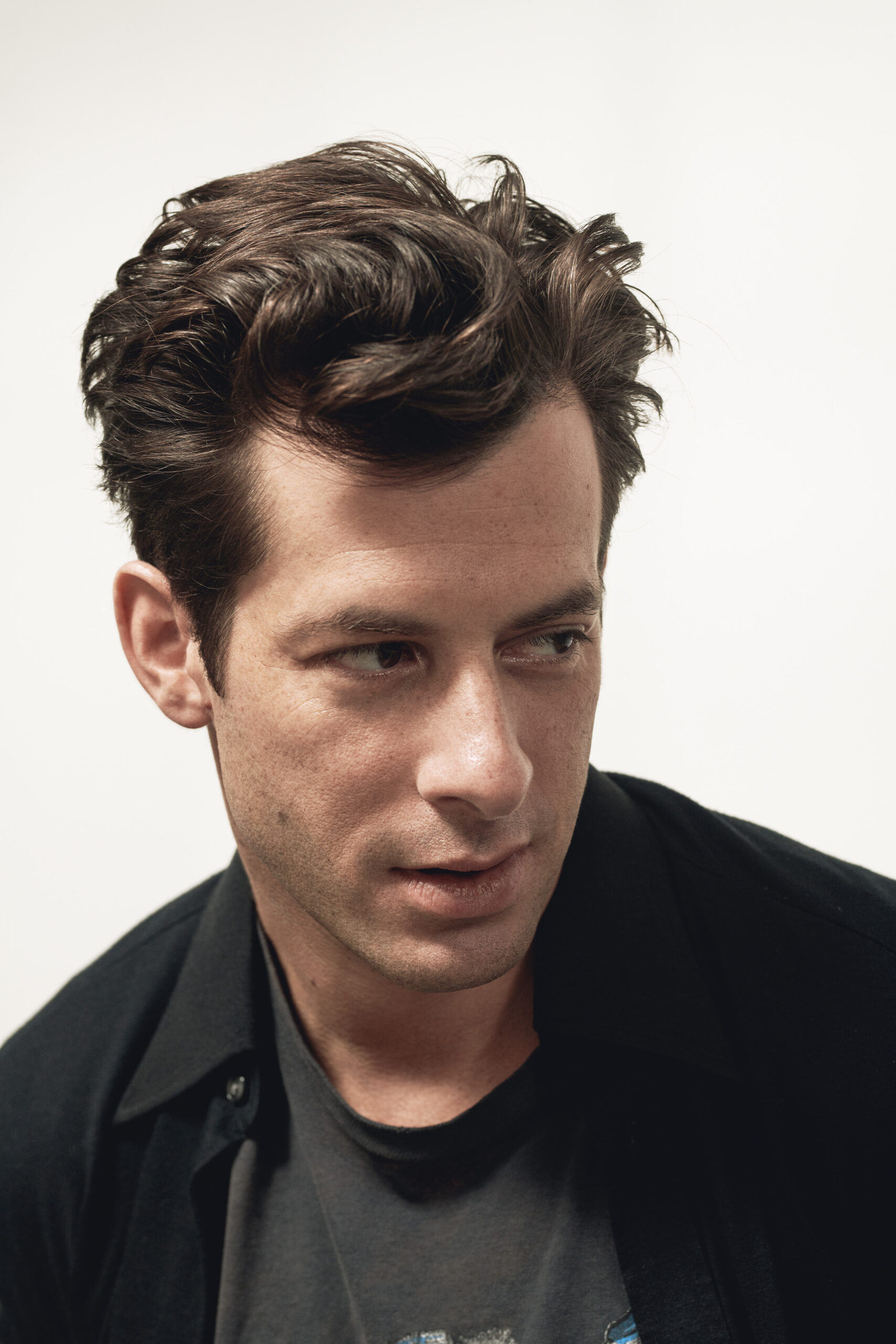Before he conquered Hollywood and became pop’s go-to hitmaker—the Grammys, the Oscar, the Barbie blitz—there was a kid in downtown Manhattan digging for vinyl crates and praying the dance floor stayed with him till sunrise. In Night People: How to Be a DJ in ’90s NYC, Mark Ronson rewinds to that world: pre-social media, pre-bottle service, when two Technics, a crate of 12-inches, and a room full of strangers could change your life.
Organized around the clubs and rave parties where he cut his teeth (from NASA and Disco 2000 to grimy Lower East Side hip-hop nights, and later the celebrity-magnet Cheetah), the book sketches a picture of the downtown dance and hip-hop parties in ‘90s New York that was diverse, a little lawless, and fully alive. Kids barely old enough to shave danced until sunrise, fashion folks and rappers on the rise shared sticky floors with club goers, Aaliyah and Jay-Z brushing shoulders, no VIP velvet in sight.

Night People is Ronson’s memoir, and also an attempt to immortalize and revisit the community and spaces that formed him. “New York was such an incredible place for music,” he tells us. “In hip-hop, you had: Wu-Tang Clan, Nas, Jay-Z, Lil Kim, Biggie, A Tribe Called Quest. Everybody was from here. I understand why people are fascinated.”
Below, we jumped on a call with Ronson—who once covered VMAN’s Forces of Spring issue as “The Maestro” wearing Virgil Abloh’s first collection for Louis Vuitton—to talk about writing in a literal basement, the mentors who took a chance on him, and the DJ logic that still shapes his music today. As he put it, “Almost everything I’ve done that has a beat to it is somehow informed by those 20 to 30 years that I spent DJing in nightclubs.”

V: What inspired you to write Night People: How to Be a DJ in ’90s NYC?
Mark Ronson: There were a couple of very specific things. DJ Blu Jemz—a great friend of mine, whom the book is dedicated to—passed away about six or seven years ago. Le Bain, the club where he used to DJ a lot with Eli Escobar and Lloyd, was going to throw a party on the night that would’ve been his birthday. He was such a beloved figure there. He was basically the mayor of the place. Le Bain asked me to DJ, but I hadn’t been DJing a lot at that point. It was just after COVID when people were starting to go out again. I played with Escobar—at the same time feeling nervous and rusty—then I was in my room at home, where I have all my records, some of which are old hip-hop 12 inches from the ‘90s that I hadn’t even pulled out or even thought about in 20 years. Looking from across the room, I could see a certain green on the spine sticking out, and instantly, I was like, oh yeah. 1994 trends of culture, off and on. I remember going to Rock and Soul to buy that and handing over my $5. It was remarkable that even the color of a record could pull out such a memory, especially since I couldn’t tell you what I’d had for breakfast the week before. All the partying and drugs and loud music and late nights that I’d done over the course of 30 years seemed to obliterate certain memories and then keep some really special ones in my brain.
For the past 5 to 10 years, I’ve heard so many kids say, ‘You were in New York in the 90s. What was that like?’ I realize now, in hindsight, why the 90s were special. New York was such an incredible place for music. In hip-hop, you had: Wu-Tang Clan, Nas, Jay Z, Lil Kim, Biggie, A Tribe Called Quest. Everybody was from here. But a little time later, New York was no longer the epicenter of everything. I understand why people are fascinated. There’s not a lot of footage of that era. It was before camera phones and bottle service. People partied in the club all together. That’s when I started to think, I would like to get some of these stories down before they completely vanish out of my mind.
V: How long did the book take you to write? Was it a steady process, or did it come together in pieces over time?
MR: Well, I called David Kuhn, an incredible book agent that I’ve known for a long time. Ever since Amy Winehouse’s record Back to Black was popular, he’d always ask, ‘You think you’d ever want to write a book about music or being in a studio?’ So I called him and I said I finally have an idea of something I want to write about. The first thing that struck me was to make each chapter different club nights, as that would be an easy way to keep the chronology of it. We put together this outline, and I went into McNally Jackson and bought two books on writing: The Art of Memoir by Mary Karr and On Writing: A Memoir of the Craft by Stephen King. I knew nothing about writing. I hadn’t taken any creative writing or any kind of writing class since high school, and in my little time in college I studied music.
I liked that Stephen King had this very austere sense of discipline. In his book, he said you should write for five hours a day. You should be in a fucking basement with no windows and no distractions. He was writing before the internet; imagine trying to have no distractions now. But I started to really try and take those words seriously, so I locked myself in the basement of me and my wife’s place in the Village. It has mildew. It’s crazy down there.
Then Mary Karr had this amazing suggested reading list at the back of her book with fantastic memoirs from all across the last two or three centuries. Reading those inspired me, and once I knew what I wanted to write, I began interviewing people. I reconnected with so many friends, DJs, bartenders, bouncers, and club-goers from back in the day. I wanted to jog all those memories that might have faded a little bit. The whole thing took about three years from start to finish. I would write from maybe 8am or 9am to 1pm, and then go back to whatever music I was working on. There was Barbie in the middle. I had to take some time to really focus on that.
I handed the book in January, but something was telling me it’s just not there yet. My wife’s cousin, Abe, is a brilliant writer for The New Yorker, The New York Times, and The Atlantic. Really soulful—writes on really great progressive causes. He happened to be over for dinner and was like, ‘Hey, you want me to read your book?’ He read it and said he thinks it’s good, but that if I spent a little more time with it, it could be really good. So Abe started to help me in the last round of editing, and he put me in with his editor from The New Yorker. I feel quite lucky that I had those extra months on the book, because it really wasn’t ready, and it took over my life in a way that no other project ever has.
V: The book is organized around different clubs that defined your experience. Which space do you think most perfectly captured the period of ‘90s downtown New York?
MR: When I started, I was going to raves like NASA and Disco 2000 at their limelight. There was this real lawlessness in the clubs; they weren’t carding anyone, you were just going around. There were kids as young as 13 or 14 in parties like NASA doing molly and dancing till the sun comes up. Then, there was the Lower East Side scene, slightly more grimy, but really great hip-hop parties happening, which was how I got into the scene, by opening for some of the more well-known DJs. Then, as we hit 1996 and ‘97, there were bigger hip-hop parties like Cheetah, frequented by Jay-Z, Janet Jackson, Aaliyah, Missy Elliott, and Mike Tyson. More celebrity-driven, but still no VIP, no bottle service vibe.
V: How do you think the presence of social media has altered the clubbing and raving scene?
MR: I think social media has made all of our attention spans incredibly short, right? Some people come into clubs looking to get wasted, some people want to get laid, some people want to be on the dance floor, and some people want to be seen. Those things never change. I could tell you how many fucking times I look at my phone in the club, and I’m not even the worst of it. There was a sense that people were present. Before the smoking ban, people weren’t constantly going in and out of the club to have a cigarette. There was no bottle service. You had a captive attention for the crowd. But then again, I’m not in the clubs these days to really be talking about it. I would hate to be that old guy who’s like, it was better back then. Shit just evolves.
V: You spotlight a lot of the community that the scene fostered. Who were some of the people, famous or not, who most shaped you during that time?
MR: There were the DJs who I was hugely influenced by and who were my mentors: DJ Stretch Armstrong, DJ Jules, Clark Kent, Funkmaster Flex. Those were the people that I really looked up to. Then there were the promoters, especially the ones who took a chance on me. I blew up playing a party called Sweet Thang thrown by two promoters from the Lower East Side, Marc and Big Frank. Those were the two that really took a chance on me.
V: Can you point to a specific track or collaboration in your later career that directly traces back to something you learned in that era?
MR: Almost everything I’ve done that has a beat to it is somehow informed by those 20 to 30 years that I spent DJing in nightclubs. That sense of digging for crates, learning about not only new records, but old ‘60s and ‘70s arrangements. That’s your precedent. Learning about the arrangements of Quincy Jones and Gene Harris.
Back then, I became known because I started playing Led Zeppelin and ACDC and rock and roll shit that didn’t usually get played in hip-hop clubs, and that’s what really set me apart in the late 90s, and it’s part of the reason I blew up. That approach to music is probably why, in my own music, I don’t see a lot of genre barriers, and I’m not alone in that. I think the DJ in me is always like, all these things go together. Why can’t they? Why can’t I mix them together in a set? Why can’t I mix them together in a song?
V: If a young DJ today wanted to capture even a fraction of the magic you describe in Night People, what’s the one piece of advice you would give them?
MR: The thing that was magic about that era—and there were a lot of things—was that there were so many different scenes. I’m just talking about a sliver of it, like a pretty straight hip-hop, New York downtown scene. But even then, the dance floor was really diverse. That’s what felt like magic. I felt like I came out of a scene with a couple of thousand like-minded people who all loved the same music and wanted to go out and hear it. They didn’t all come to the same club every night, but there was always a good few hundred out.
To be a good DJ, you have to know your records and have skills, sure—but without a crowd and a dance floor, it’s nothing. It could be the shittiest basement or an incredible club with the best sound system; without the scene and the people to play for, it doesn’t mean anything. It’s about finding that.
Discover More



